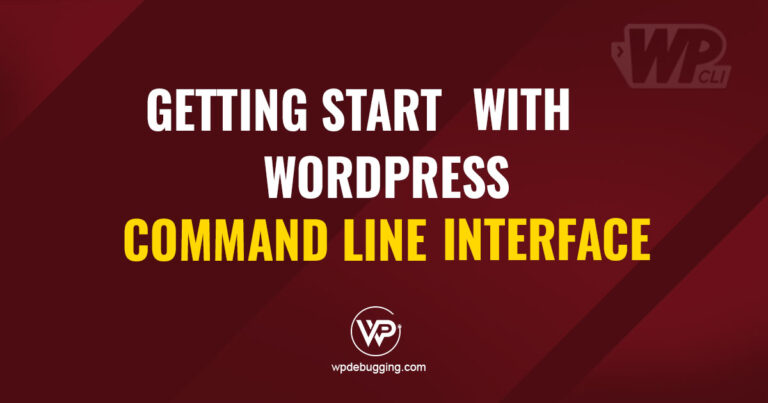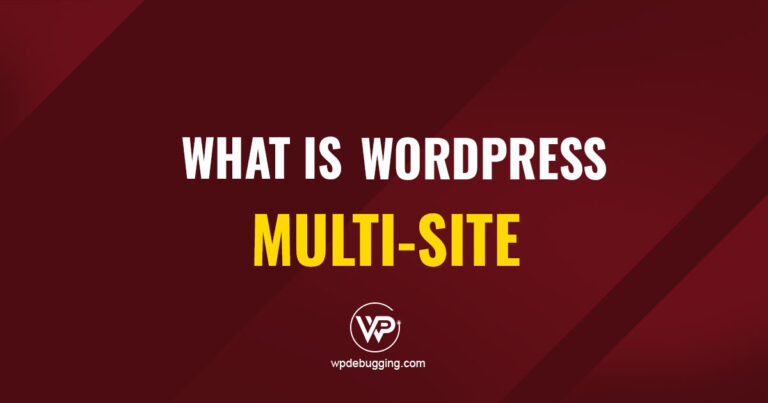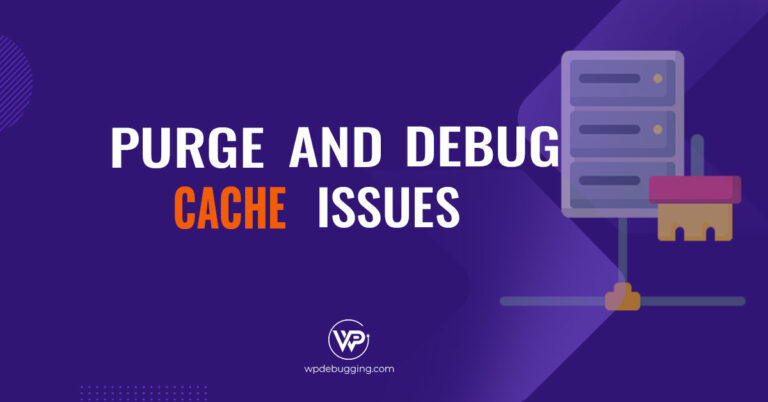If you’re a WordPress user or developer, learning WP-CLI (WordPress Command Line Interface) can dramatically improve your workflow, especially when working with local environments or high-traffic sites. While plugins offer convenience, WP-CLI provides direct control, efficiency, and performance benefits.
- How It Works: WP-Admin vs WP-CLI (Top-Down vs Bottom-Up)
- Replace Plugins with WP-CLI for Basic Tasks
- Manage Users, Roles & Capabilities Efficiently
- Run Bulk Operations Without Crashing Your Server
- Boost Security and Perform Site Health Checks
- Optimize Database & Site Performance
- Fewer Plugins, Better Performance
- Developer & Hosting Friendly
- Conclusion.
How It Works: WP-Admin vs WP-CLI (Top-Down vs Bottom-Up)
WP-Admin (Dashboard Request Flow)
When you perform an action in the wp-admin dashboard, the request travels from your browser to the web server through multiple layers:
Browser → HTTP Request → Web Server (Apache/Nginx) → admin-ajax.php → WordPress Core → PHP Execution → MySQL → Response
- This route involves multiple layers, including HTTP, AJAX routing, WordPress hooks, plugins, and frontend rendering.
- Each step adds processing time and can trigger multiple HTTP requests, especially in admin-heavy actions (e.g. saving posts, running background tasks).
- More plugins = more requests, more load.
WP-CLI (Command-Line Execution Flow)
When you run a WP-CLI command, it directly interfaces with the WordPress core on the server itself:
WP-CLI → PHP CLI → WordPress Core → Web Server (Local) → MySQL → Response
- No browser, no HTTP, no
admin-ajax.php, and no frontend layers involved. - It communicates locally and directly with PHP and MySQL, making it significantly faster and more resource-efficient.
- Ideal for bulk operations, automation, and environments with limited memory or slow admin panels.
Real-World Use Cases of WP-CLI
Now that you understand how WP-CLI interacts directly with the WordPress core, bypassing the browser and HTTP layer, let’s explore some practical tasks it can handle more efficiently than plugins or the dashboard.
Replace Plugins with WP-CLI for Basic Tasks
Many tasks that typically require plugins, like search-replace, header injections or updates, can be done quickly with WP-CLI. This not only reduces plugin bloat but also minimizes potential security vulnerabilities.
- Search and Replace: Easily update URLs or text directly in the database.
- Header/Footer Code Injection: Add custom scripts without needing extra plugins.
- Core Updates & Tweaks: Update WordPress core, themes, or settings without logging into the dashboard.
- Backups: Create manual or automated backups using command-line scripts.
Manage Users, Roles & Capabilities Efficiently
WP-CLI makes user management fast and scalable, especially when working with large teams or membership sites.
- Create, update, or delete users with a single command.
- Assign or modify roles and user capabilities effortlessly.
- Reset passwords and manage user metadata without using the admin panel.
Run Bulk Operations Without Crashing Your Server
Unlike the dashboard, which may timeout or crash during large operations, WP-CLI handles bulk tasks with stability, even on shared hosting.
- Bulk delete posts, comments, or users safely.
- Update all plugins or themes at once to keep everything up-to-date.
- Flush the cache and rebuild configurations for a fresh start during troubleshooting.
Boost Security and Perform Site Health Checks
WP-CLI allows you to run quick diagnostics and health checks to secure your WordPress site.
- Validate core files using official checksums.
- Identify modified or corrupted files for quicker malware detection.
- Remove leftover files that could pose security risks.
Optimize Database & Site Performance
With WP-CLI, database cleanup and optimization become much easier and more precise.
- Optimize tables to keep the database lean.
- Remove transient data that builds up over time.
- Run custom queries directly—without relying on plugins.
This helps improve site speed and performance metrics like FCP (First Contentful Paint) and LCP (Largest Contentful Paint).
Fewer Plugins, Better Performance
WP-CLI reduces the need for one-function plugins that often slow down your site.
- Fewer HTTP requests
- Less JavaScript/CSS overhead
- Minimal database clutter
The result? A faster, more secure, and easier-to-maintain WordPress site.
Developer & Hosting Friendly
WP-CLI integrates seamlessly into modern workflows and server environments.
- Perfect for automation with scripts and cron jobs.
- Easily fits into CI/CD pipelines for continuous deployment.
- Enables troubleshooting even when the WordPress admin is inaccessible.
Conclusion.
Mastering WP-CLI isn’t just for developers; it’s a smart move for anyone managing WordPress.
It gives you greater control, boosts performance, and enhances security, all while reducing dependency on plugins and the dashboard.
We’ll dive deeper into each of these advantages in upcoming sections. Stay tuned!





